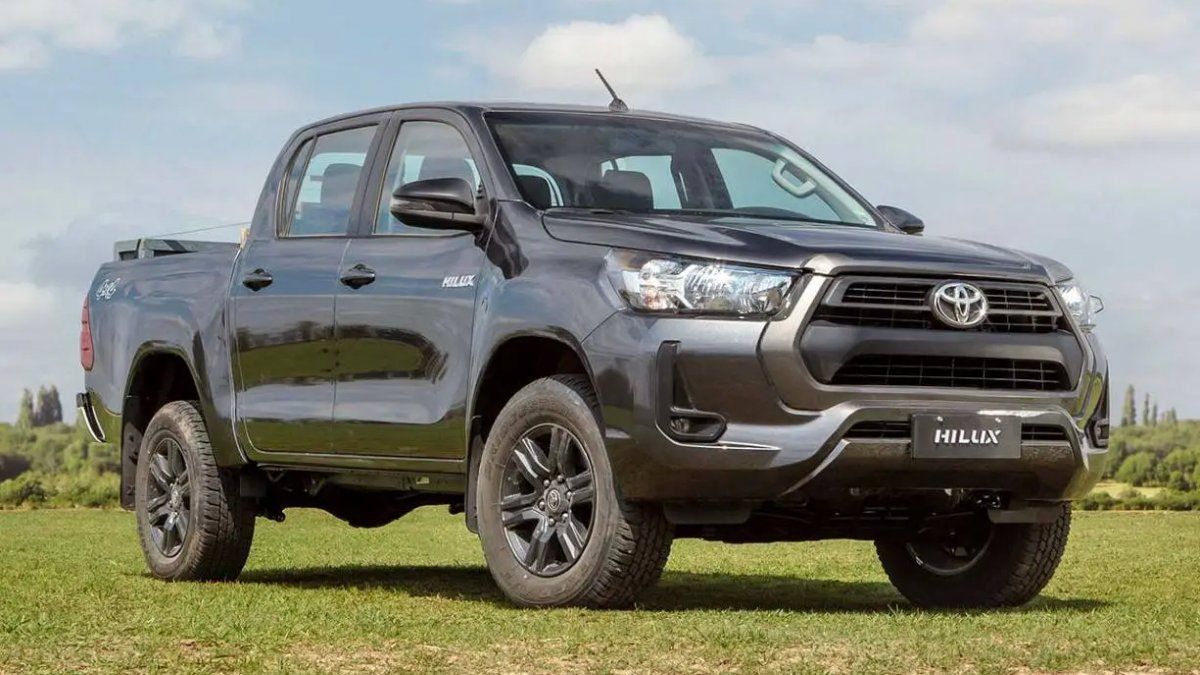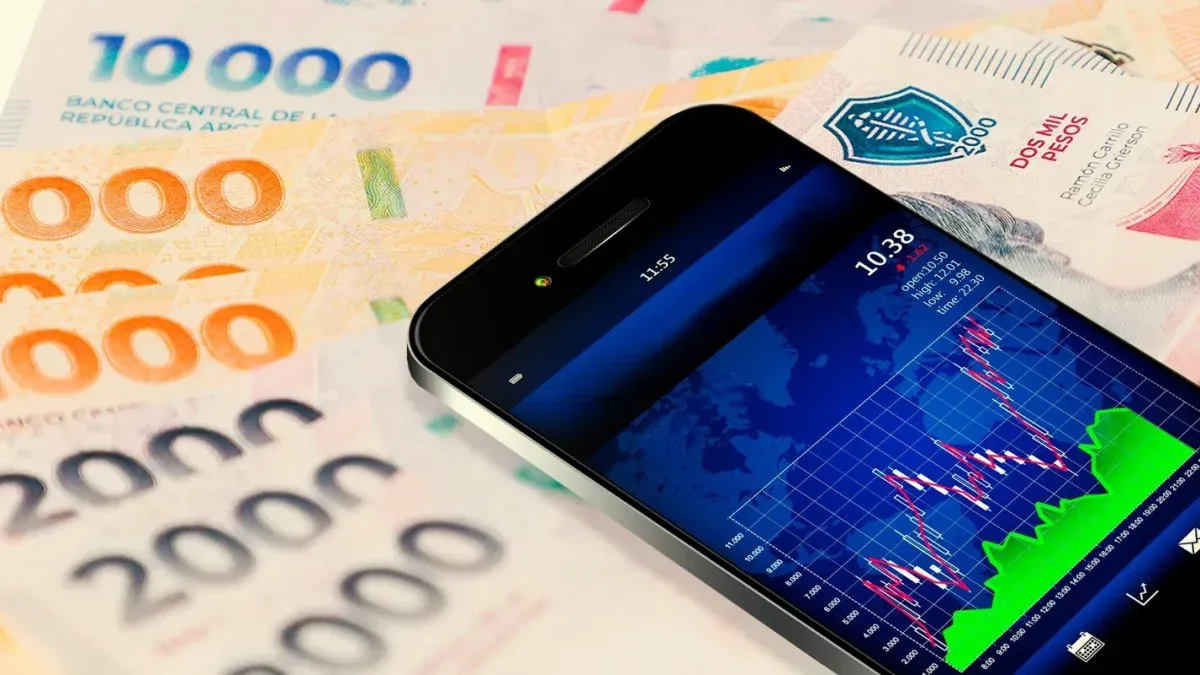With the end of import restrictions, the supply of cars It’s getting better. In the four years of management Alberto Fernandezthe lack of foreign currency led to the establishment of a strong import “trap” to prevent the outflow of foreign currency.
The shortage of models meant that, for a long time, many cars were sold with surcharges in the face of unsatisfied demand.
With this scenario, consumers did not have many options and ended up buying the vehicle they got and not the one they wanted.
This was reflected in a drop in sales as a result of many people postponing the purchase decision.
In Argentina there are about 40 brands operating between factories located in the country and distributors of imported vehicles. Each one offers a range of models that could exceed 150 purchase options.
Although the offer is not similar to what happens in Chile – a very open market with more than 80 automakers – it has an important variety.
However, more than half of the patents are concentrated in only 10 models.
According to the accumulated data of the year, The 0km that make up the “top ten” sales represent 53.4% of sales.
The annual ranking is headed by Peugeot 208. It is followed by Toyota Hilux, Fiat Cronos, Ford Ranger, Toyota Yaris, VW Amarok, VW Polo, Toyota Corolla Cross, VW Taos and Toyota Corolla.
So far this year, a total of 317,988 units have been patented. Of that amount, 167,777 are divided into these 10 models.
In the case of the sales leader of the year, the Peugeot 208, it accumulates 24,461 units. Nearby, also above 20,000 units, are Hilux and Cronos.
The other seven models show patenting of between 20,000 and 9,000 units each.
At the other extreme, among those that sell the least, there are models with fewer than 50 patented units since the beginning of the year.
Source: Ambito




